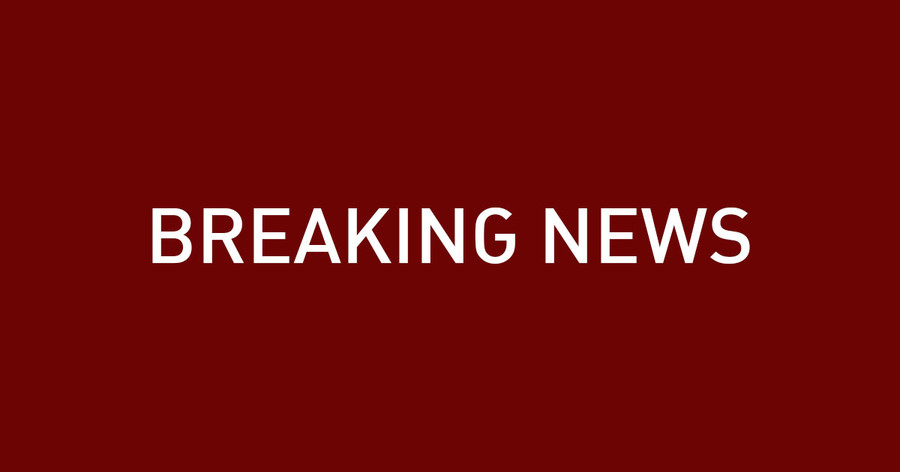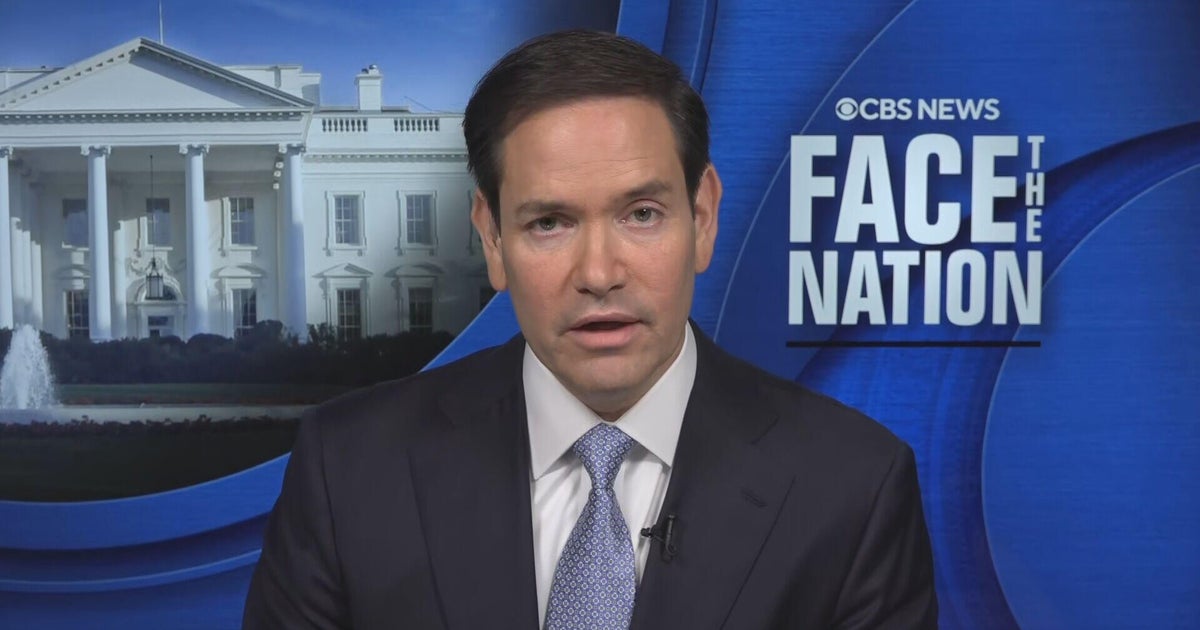ADVERTISEMENT
Iran's ambassador and permanent representative to the United Nations in Geneva Ali Bahreini told Euronews on June 19 that Tehran will attack the US if Washington “crosses the red lines".
Most military experts agree that the most probable scenario is for Iran to attack the US military bases in the region.
The Iranian Revolutionary Guards already said on Sunday that the origin of the US aircraft “has been identified and it is under surveillance”, emphasizing that American bases in the region are “not a source of strength, but a point of heightened vulnerability”.
Iran's proxy in Yemen, the Houthis, also said on Saturday that they would target US ships in the Red Sea if Washington participates in any potential attack against Israel in co-operation with Israel.
"We will target US ships and battleships in the Red Sea if Washington participates in the attack on Iran," the group's military spokesperson Yahya Saree said in a statement published by the group's media outlet.
The US has tens of thousands of troops stationed in the Middle East, including at permanent bases in Kuwait, Bahrain, Qatar and the United Arab Emirates, Arab Gulf countries just across the Persian Gulf from Iran — and much closer than Israel.
Those bases have sophisticated air defences, but would have much less warning time before waves of missiles or swarms of armed drones. It also depends a lot on the number of drones and missiles used in a possible attack. Even Israel, which is several hundred kilometers further away, has been unable to stop all of the incoming fire.
Typically around 30,000 troops are based in the Middle East, and about 40,000 troops are in the region now, according to a US officials and AP.
That number surged as high as 43,000 last October in response to heightened tensions between Israel and Iran as well as continuous attacks on commercial and military ships in the Red Sea by the Iranian-backed Houthis in Yemen.
After June 13 when Israel first hit Iran to stop its nuclear enrichment programme, US forces in the region started taking precautionary measures, including having military dependents voluntarily leave bases, in anticipation of potential strikes and to protect personnel in case of a large-scale response from Tehran.
US targets at risk amid escalating tensions
US troops across the Middle East are on high alert as Iran and its proxies threaten retaliation and because US interests in the region were targeted in the past. One difference compared to past attacks and threats though is that Iran's proxies Hezbollah and Hamas' capabilities are much weaker since Israel decimated them after October 2023. Also, Iran has missiles, including ballistic, but not much of an aviation force owing to Western sanctions.
Al-Asad Air Base in western Iraq, the largest U.S. deployment in the country, has been a frequent target.
In 2020, after the US killed Iranian General Qasem Soleimani, Iran launched 16 missiles at American bases in Iraq; 11 hit al-Asad, wounding dozens. Attacks have continued, with drones and rockets striking the base as recently as August.
In January 2024, a drone strike on Tower 22, a small US outpost in Jordan near the Syrian border, killed three American troops.
The drone strike was the first deadly one against US forces since the Israel-Hamas war started in October 2023. US officials have blamed the attack on the Islamic Resistance in Iraq, a coalition of Iran-backed militias, including Kataib Hezbollah.
In Bahrain, the US Navy’s 5th Fleet operates with around 8,000 personnel. Qatar hosts Al-Udeid Air Base, the forward headquarters of U.S. Central Command, which can accommodate up to 10,000 troops.
Camp Buehring, Ali al-Salem, and al-Dhafra are also key air bases located in Kuwait and the United Arab Emirates.
US diplomatic missions in Iraq and Israel have also begun evacuating staff. Officials warn embassies could be targeted alongside military bases.
US Defense Secretary Pete Hegseth said on X that “protecting US forces is our top priority,” announcing the deployment of additional forces to bolster regional defenses.

 3 hours ago
3
3 hours ago
3









